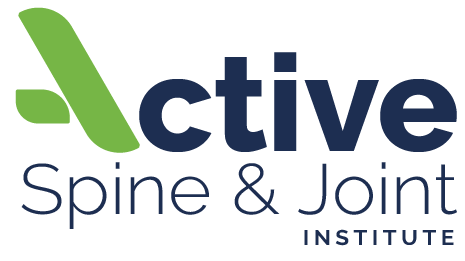Navigating Sciatica: What to Do and What to Avoid for Effective Relief
Sciatica is a commonly used term to describe pain in the back and hip, radiating down the back of the leg. However, it's essential to understand that sciatica isn't a diagnosis in itself; rather, it's a symptom with various potential causes. This blog will delve into what you should avoid when experiencing sciatic nerve pain and offer valuable tips for finding relief.
The Nature of Sciatica
Sciatica symptoms can vary in intensity and severity, causing discomfort that can last a long time. Common symptoms include:
Moderate to severe pain in the lower back, back of the hip/buttock, and down the back of the leg.
Sensation changes such as numbness, tingling, pins and needles, or prickly sensations.
Muscle weakness.
Pain and symptoms can manifest anywhere along the distribution of the sciatic nerve.
However, it's essential to recognize when symptoms may indicate a medical emergency, such as loss of bowel or bladder function or numbness in the area where you would sit on a saddle, in which case, immediate medical attention is necessary.
What to Avoid When Dealing with Sciatica
Avoid Googling "exercises for sciatica": While it's tempting to seek immediate relief, blindly following exercise recommendations from the internet can lead to worsening symptoms. The effectiveness of exercises depends on the underlying cause of your sciatica.
Aggressively stretching your hamstrings: Overstretching the hamstrings, which run along the same path as the sciatic nerve, can exacerbate pain. If you experience discomfort, modify your stretches and consider using props like a stretch-out strap.
Forward bending: Sciatica, often linked to lumbar disc herniation, can worsen with forward bending, which flexes the spine. Focus on maintaining a neutral spine and bending your knees during everyday activities to avoid aggravating symptoms.
Pushing through the pain: The "no pain, no gain" mentality is counterproductive when dealing with sciatica. Distinguish between pain/symptoms and the sensation of muscles working. Modify activities to minimize pain, as smart activity modification can lead to faster recovery.
Heavy lifting: Squats, deadlifts, and bent-over rows can further irritate the sciatic nerve. Prioritize a proper warm-up and be cautious when lifting heavy weights. During acute stages, focus on mobility and accessory lifting to support recovery.
High-impact exercises: High-impact exercises can strain muscles and joints, worsening sciatic pain. Opt for low-impact workouts to protect your body during the healing process.
Certain abdominal exercises: Abdominal exercises like double leg lifts and sit-ups can put pressure on the lower back, aggravating sciatic symptoms, especially if they result from a lumbar disc herniation.
Extreme spinal movements: Excessive spinal movements in any direction can compress irritated tissues. Avoid extreme twisting or sudden spinal adjustments.
Sitting or standing for too long: Prolonged periods in one position can exacerbate sciatic pain. Use lumbar support while sitting and consider elevating your legs when lying down. Frequent position changes can alleviate discomfort.
Avoiding long trips: Extended travel in uncomfortable positions can worsen symptoms. Bring lumbar support or try a TENS unit for relief during travel. Take breaks to stretch and reduce tissue strain.
Relying solely on passive treatments: Passive treatments like ice and heat have their place but should not be the sole focus. Incorporate active strategies, such as modifying activities and progressive loading of tissues, to reduce pain and build strength.
Cracking your own back: Self-adjustment attempts can be risky, as they may worsen symptoms. Seek professional spinal manipulation when needed.
Anything that aggravates your symptoms: Listen to your body and avoid activities that worsen your symptoms. Sciatic nerve tissue is sensitive, and exacerbating symptoms can lead to prolonged discomfort.
Sciatica is a challenging condition, and understanding what to avoid is essential for effective relief. It's crucial to differentiate between activities that alleviate pain and those that exacerbate it. By following these guidelines and seeking professional guidance, you can work towards long-term relief and a healthier, pain-free life.

